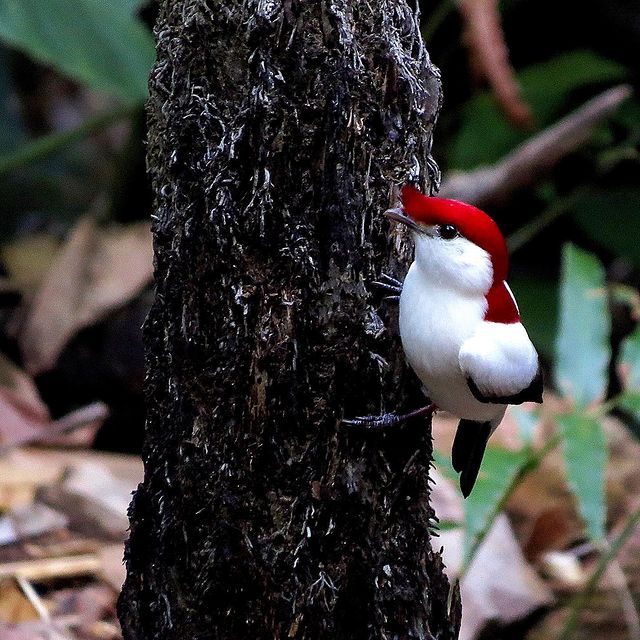A stunningly beautiful white bird wearing a striking red crown.
THE ARARIPE MANAKIN
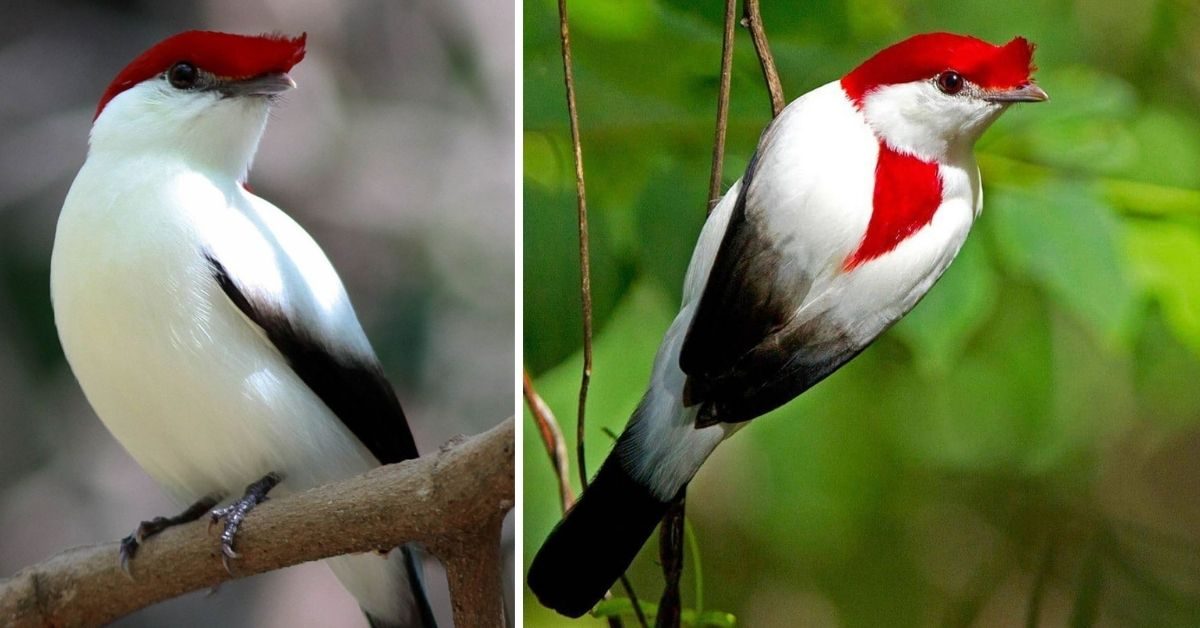
The Araripe manakin (Antilophia bokermanni) is a species of a critically endangered bird. As with most manakins males and females show a strong 𝓈ℯ𝓍ual dimorphism in their plumage color. They are a relatively large long-tailed bird, with a total length of c. 14.5 centimeters (5.7 in). The strikingly patterned males have white plumage, except for the mostly black wings and tail, and the red feather crown with a frontal tuft. The mid-back area is also red.
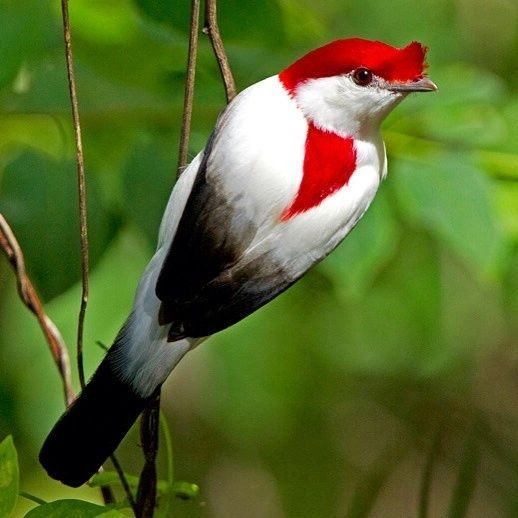
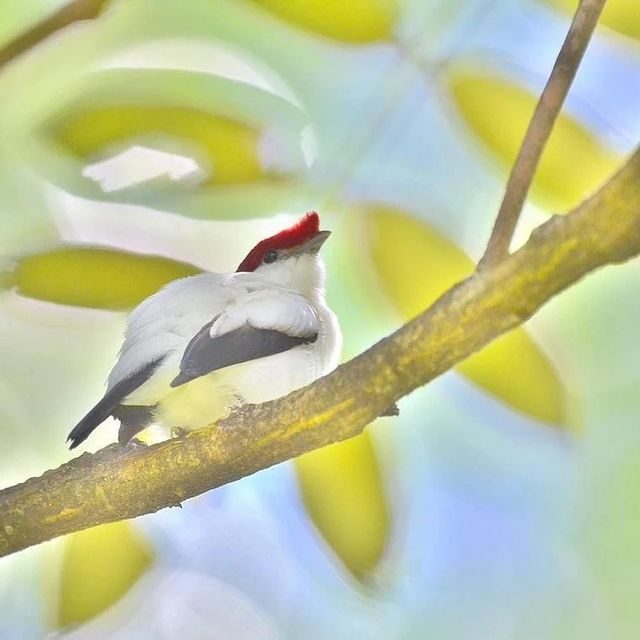
The iris of the eye is red.Females are mostly olive green with a paler abdomen and a smaller olive green frontal tuft above the bill.
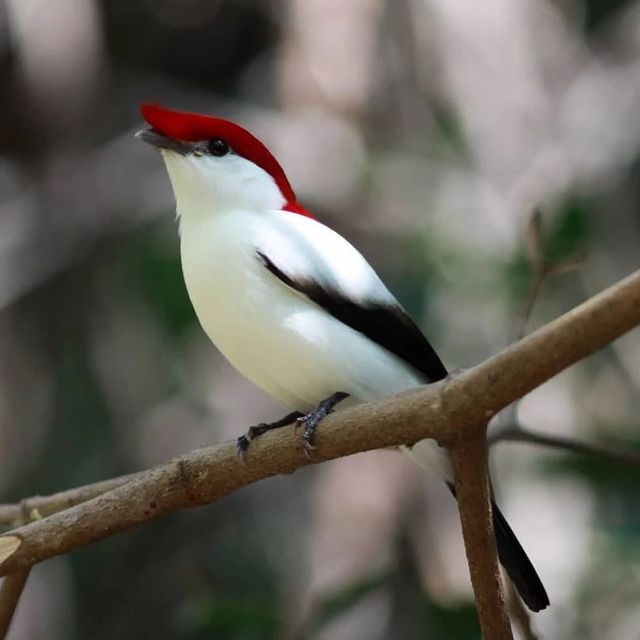

In Brazil, this bird’s range is restricted to a very small area at the base of the Chapada do Araripe in south Ceara. They are usually found in pairs.

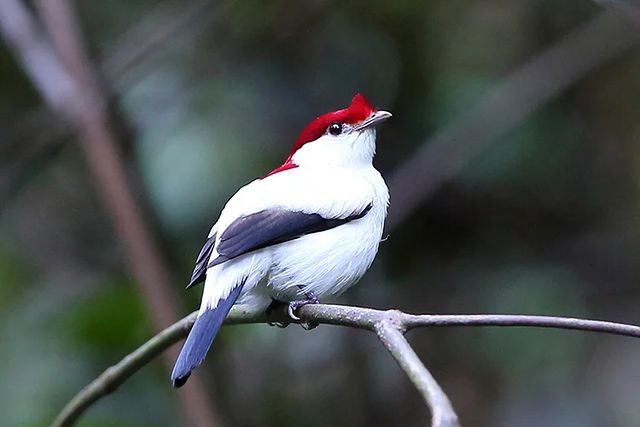
The Araripe manakin’s sole habitat is a humid riverbank “gallery” forest watered by streams arising from springs at the base of the Araripe Plateau. These streams continue into arid caatinga (dry shrubland and thorn forest), which surrounds the riverbank forests.
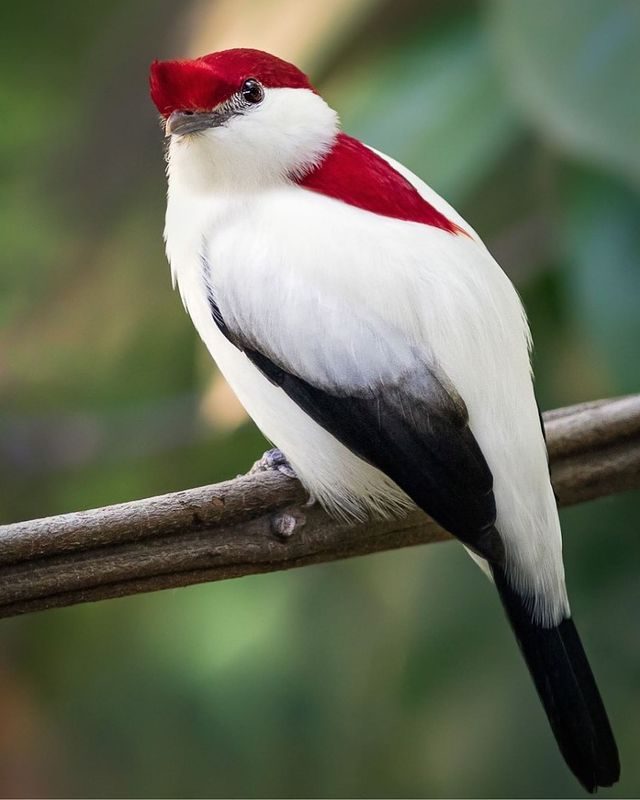
These birds feed on a variety of fruit species found in the dense understory and share their habitat with other Brazilian endemics such as the Cordia species.
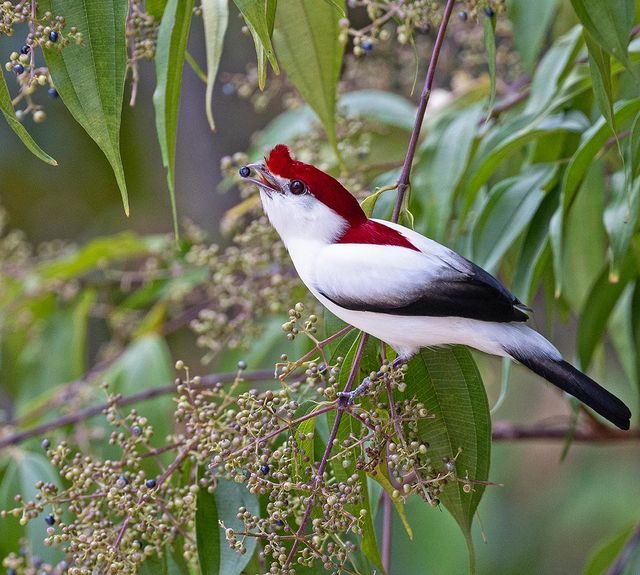
The Araripe Manakin’s nesting period appears to match the rainy season of approximately 6 months, and its annual reproductive capacity is 2 fledglings. Fewer nests were associated with periods of less rainfall, more fragmented forest areas, and areas with higher rates of human activity. Only females provided parental care in all nesting stages and no differences were found in parental investment between nests with 1 or 2 nestlings
.
In 2000 a theme park with swimming pools and asphalted roads were built at the type locality Nascente do Farias and the largest part of its original habitat was destroyed. The cleared trees were replaced by banana plantations. The last assessed population was on August 7th, 2018. An estimated 150 – 700 mature individuals are living in Brazil.
